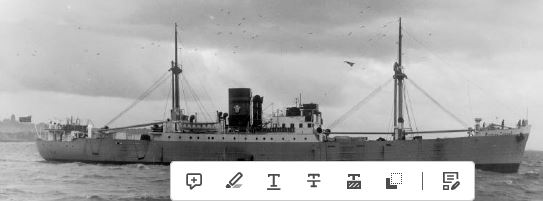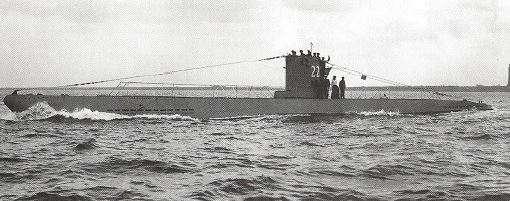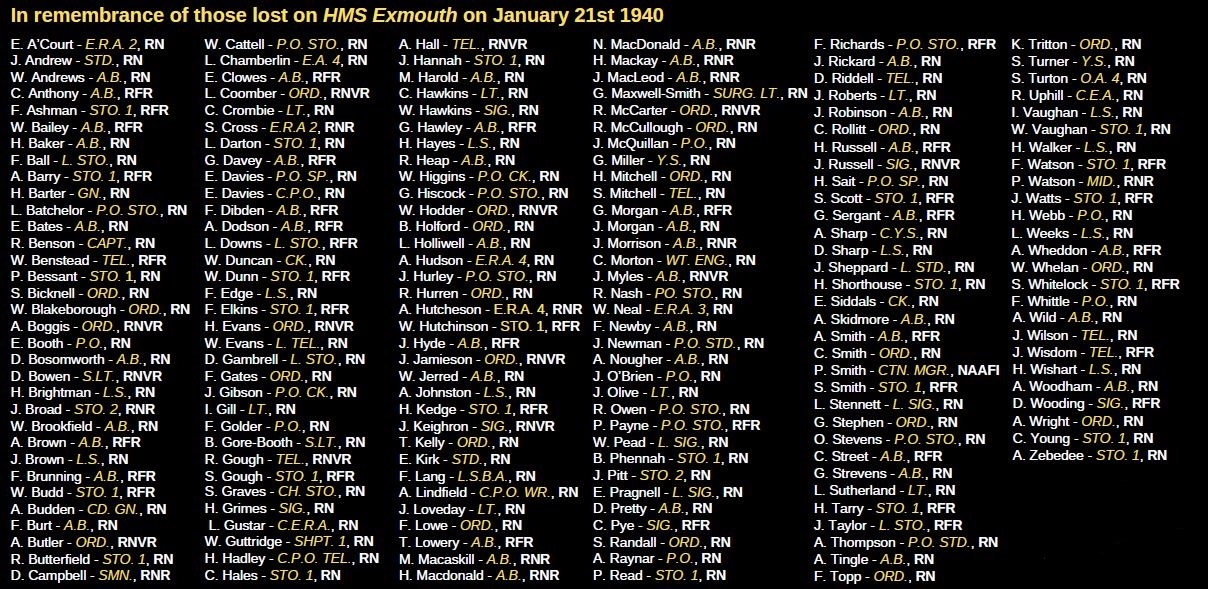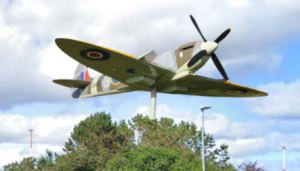Site 17. HMS Exmouth
On January the 21st 1940, the British E-class destroyer HMS Exmouth was escorting the 1,988 tonne cargo ship MS Cyprian Prince from Aberdeen to Scapa Flow when the two ships were spotted by the German Submarine U-22, under the command of Kapitänleutnant Karl-Heinrich Jenisch, approximately 21 miles (34 km) southeast of Wick. At 05:35 hours.

U-22 fired a torpedo at the Exmouth which struck the starboard bow causing one of the forward ammunition magazines to explode. The Exmouth sank within two minutes with the loss of all 190 of her crew. The U-22 then proceeded to fire a torpedo at the Cyprian Prince which narrowly missed the merchant ship.
The Cyprian Prince approached the Exmouth’s position to try to recover survivors but, despite hearing the cries of sailors in the water, departed the area after only three minutes, following Admiralty standing orders not to stop when an enemy submarine was in the vicinity. After the war the U-22’s logbook revealed that the Cyprian Prince had almost rammed the submarine as it manoeuvred to pick up survivors. Had it not been for its rapid departure from the area it would most certainly have been sunk by the U-boat. A week later a school boy playing truant at Wick found the bodies of six sailors washed ashore, with a further nine found on the coast 12 miles away. A total of 18 sailors from the Exmouth were eventually found, but for the 15 that were found in January 1940 it was decided that they would be buried with full military honours in a mass grave in Wick Cemetery.

A service was held in the St Fergus Church attended by representatives from the Navy, Army and Air Force, along with the provost, magistrates, town officials and members of the Caithness County Council. Because of the various faiths of those lost the service was held by a Church of Scotland minister, a Church of England minister, and a Roman Catholic priest. The funeral cortège to Wick Cemetery was led by a party of Royal Navy sailors followed by two large service motor vehicles carrying the flag draped coffins, with RAF personnel acting as the pall-bearers. The hearses were followed by the chief mourners, the provost, and the naval commander of the district. Finally came an escort party of the RAF and Seaforth Highlanders as well as a number of townspeople.
Hundreds watched the departure to the cemetery. Along the streets there were many more people, and in all the groups women were reported to be “openly weeping at this moving sight”. It was reported in the John O’ Groat Journal as “probably the saddest scene in the town’s history”. At the cemetery, many more people had gathered. The 15 coffins were laid in one large grave while a service was conducted by the Roman Catholic priest. A firing party fired three volleys, a sailor sounded The Last Post and many floral tributes were laid on the grave.

In June 2001 the wreck of the Exmouth was discovered by a team of Divers from Orkney. Three months later relatives came to Wick to take part in special events to remember those who had lost their lives. Services were held and floral tributes laid at Wick Cemetery and at the site where the Exmouth sank. The Wick fishing boat Boy Andrew and a dive vessel, Loyal Mediator, took relatives to where the ship was found, and messages of farewell were scattered on the surface of the sea. In 2016 the Wick Society’s Isabella Fortuna laid a wreath at the HMS Exmouth wreck site.




